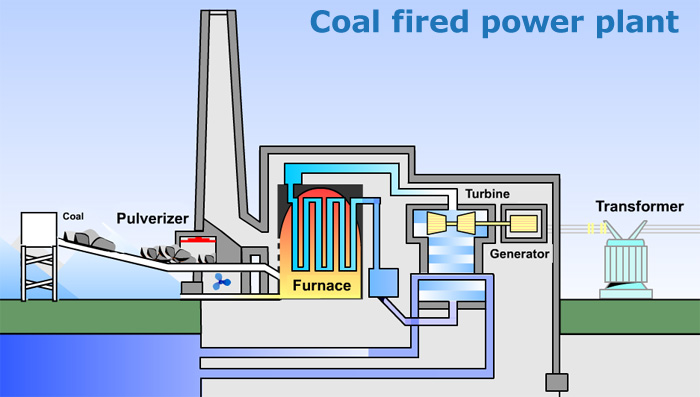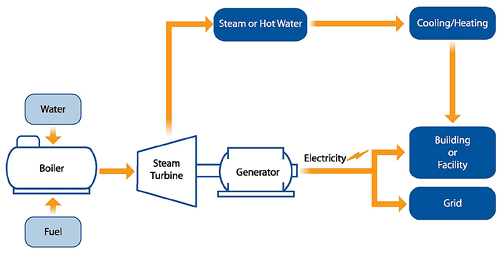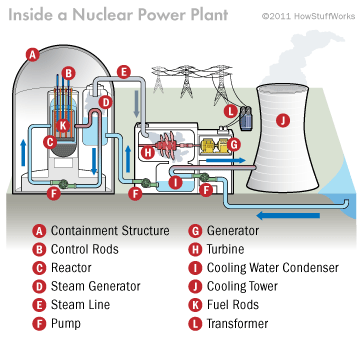The point of this lab was to measure speed, time and acceleration using the lego mindstorm motor to lift weights with a pulley. The applcations we used on the computer were Labview and Excel. First, we had to pick a weight (in grams) between 50-250. Then we had to pick a power level of the motor and a set amount of time in seconds. Once you adjust the power level, it sets the toque on the motor wheel which will result in a particular force used to lift the masses.The higher the power level, the greater the force. Once we hit start, the scale would react to the instructions that we originally typed into the computer, to let it know what to do. After the scale stopped, the Excel application automatically took down the information for the test including speed (RPM), battery discharge, mass(kg), power, time(sec), and acceleration.
We had to repeat this process four times in order to create three graphs comparing mass, acceleration and power.
These are the results we got for the tests:
| Speed | Battery | Mass | Power | Time | Accel. | PE/t | ||||||
| 98.71625 | 0 | -42 | 0 | 0.08 | 0 | 80 | 0 | 6.024 | 0 | 16.38716 | 0.036441 | |
| 108.6957 | 0 | 153 | 0 | 0.08 | 0 | 80 | 0 | 3.818 | 0 | 28.46927 | 0.057496 | |
| 95.28377 | 0 | 125 | 0 | 0.08 | 0 | 80 | 0 | 2.085 | 0 | 45.69965 | 0.105285 | |
| 95.69226 | 0 | 111 | 0 | 0.08 | 0 | 80 | 0 | 2.097 | 0 | 45.63293 | 0.104683 | |
| 123.1702 | 0 | 83 | 0 | 0.08 | 0 | 100 | 0 | 1.594 | 0 | 77.27116 | 0.137716 | |
| 121.3734 | 0 | 153 | 0 | 0.1 | 0 | 100 | 0 | 1.597 | 0 | 76.00088 | 0.171822 | |
| 119.6835 | 0 | 69 | 0 | 0.12 | 0 | 100 | 0 | 1.685 | 0 | 71.02877 | 0.195418 | |
| 118.8207 | 0 | 96 | 0 | 0.16 | 0 | 100 | 0 | 1.679 | 0 | 70.76875 | 0.261489 | |
| 120.8845 | 0 | 166 | 0 | 0.14 | 0 | 100 | 0 | 1.711 | 0 | 70.65136 | 0.224524 | |
| 55.38249 | 0 | 166 | 0 | 0.1 | 0 | 50 | 0 | 3.852 | 0 | 14.37759 | 0.071236 | |
| 70.13761 | 0 | 167 | 0 | 0.1 | 0 | 60 | 0 | 3.246 | 0 | 21.6074 | 0.084535 | |
| 81.51966 | 0 | 97 | 0 | 0.1 | 0 | 70 | 0 | 2.619 | 0 | 31.12626 | 0.104773 | |
| 93.04753 | 0 | 139 | 0 | 0.1 | 0 | 80 | 0 | 2.076 | 0 | 44.82058 | 0.132177 | |
| 104.8212 | 0 | 152 | 0 | 0.1 | 0 | 90 | 0 | 1.846 | 0 | 56.7829 | 0.148646 | |
| 121.2793 | 0 | 125 | 0 | 0.1 | 0 | 100 | 0 | 1.579 | 0 | 76.80766 | 0.173781 | |
| 113.5266 | 0 | 97 | 0 | 0.1 | 0 | 100 | 0 | 0.897 | 0 | 126.5625 | 0.305909 | |
| 113.6508 | 0 | 97 | 0 | 0.12 | 0 | 100 | 0 | 1.05 | 0 | 108.2389 | 0.3136 | |
| 115.0639 | 0 | 153 | 0 | 0.14 | 0 | 100 | 0 | 1.279 | 0 | 89.96392 | 0.30036 | |
| 111.1655 | 0 | 97 | 0 | 0.16 | 0 | 100 | 0 | 1.021 | 0 | 108.8791 | 0.43001 | |
| 108.0931 | 0 | 55 | 0 | 0.18 | 0 | 100 | 0 | 0.902 | 0 | 119.8372 | 0.547583 |
Graph comparing Mass vs. Acceleration:
Acceleration vs. Power Level Graph:

For the second step, we had to explore the law of conservation energy by computing the potential energy. The calculations for potential energy=mgh with h as height that the center of mass of the weights travel. My potential energy calculations are on my results sheet.
For the third step, we had to calculate the average power used by the motor. The calculations to find this are :
power used= potential Energy/ time= mgh/time.
same Mass vs. Power used
The graph shows that there is no curve at all. This is because it doesn’t matter what the power level is, if the mass stays the same, then the graph will stay at a constant.









 gas. It’s infrastructure also includes facilities that turn raw natural resources into useful energy products. Primary energy sources may include nuclear energy, fossil energy (oil, coal, and natural gas) and renewable sources such as wind, solar, and hydropower. Electricity is a secondary energy source generated by the conversion on fossil, nuclear, wind and solar energy. These sources work together to flow power through our homes.
gas. It’s infrastructure also includes facilities that turn raw natural resources into useful energy products. Primary energy sources may include nuclear energy, fossil energy (oil, coal, and natural gas) and renewable sources such as wind, solar, and hydropower. Electricity is a secondary energy source generated by the conversion on fossil, nuclear, wind and solar energy. These sources work together to flow power through our homes.